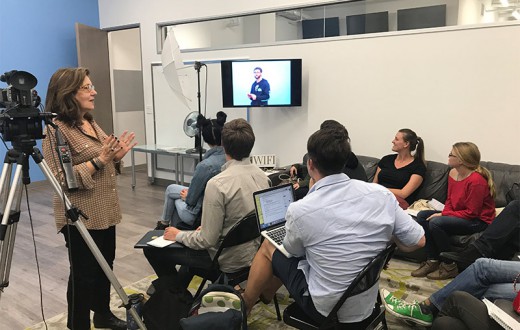Becoming a successful commercial actor requires understanding the diverse landscape of opportunities and navigating both union and non-union work. Here’s a comprehensive guide to help aspiring commercial actors achieve success.
Understanding the Diversity of Commercial Acting Opportunities
- Television Commercials: These are high-visibility spots on national or local TV. They can range from high-budget ads by big brands to low-budget local commercials.
- Online and Social Media Ads: With the rise of digital media, online platforms like YouTube, Instagram, and Facebook offer numerous opportunities for commercial actors.
- Print Advertising: This includes magazine, billboard, and newspaper ads. The acting here is more about expressions and poses than dialogue.
- Voice-Over Work: This involves lending your voice to commercials, often for radio or animated ads.
- Infomercials: Longer than typical commercials, infomercials are a blend of entertainment and direct selling.
- Industrial Videos: These are informative videos made for internal use by companies, like training videos or product demonstrations.
- Live Demonstrations/Promotions: Participating in live events or trade shows to promote a product or service.
Navigating Union and Non-Union Work
- Union Work: Joining a union like the Screen Actors Guild‐American Federation of Television and Radio Artists (SAG-AFTRA) offers benefits like minimum wage standards, health insurance, and pension plans. Union jobs are often more lucrative but also more competitive.
- Non-Union Work: These jobs are more accessible and can be a good starting point for building a resume. However, they often pay less and don’t offer the benefits and protections of union jobs.
Understanding Pay Rates
- Union Commercials: SAG-AFTRA sets standard rates. For example, a national network commercial can pay upwards of $627 for a day’s work, with additional pay for each airing of the commercial. A widely recognized national commercial can potentially bring in millions of dollars for the actor featured in it. You can learn more about SAG-AFTRA pay rates at: https://www.sagaftra.org
- Non-Union Commercials: Pay varies widely, from $150 to $1500 per day, depending on the project’s budget and exposure. They make the terms, a ‘buy out’, meaning that it is a one-time payment only, or they may limit the usage to a year or two year, then have the option to renew at an agreed upon rate.
- Residuals: For some commercials, especially union jobs, you may earn residuals each time the commercial airs. The details of the residuals would be disclosed in the agreement the actor would sign before accepting the job.
- Other Factors: Pay can also depend on your role’s size, the ad’s reach, and whether it’s a national or local campaign.
Tips for Success
- Training and Workshops: Invest in acting classes and workshops to hone your skills and understand commercial acting nuances.
- Networking: Build connections within the industry. Attend industry events, join online forums, and engage with casting directors and agents.
- Build a Versatile Portfolio: Create a diverse portfolio showcasing your range, including headshots, a resume, and a reel of your previous work.
- Be Professional and Punctual: Always be professional on set, arrive on time, and be prepared.
- Stay Informed: Keep up with industry trends and continuously look for opportunities to audition.
Becoming a successful commercial actor involves understanding the various opportunities, whether in union or non-union contexts, continuous skill development, and building a strong network. The pay varies significantly based on numerous factors, but with dedication and professionalism, commercial acting can be a rewarding career path.







